We recently made a video about the core components of a strong message. In it, we talked about Promises and Proofs—what is the end state you're promising your audience and how can you prove you can deliver—also known as 'benefits' and 'features.' What we didn't get into in those short two minutes is how important it is to really unpack the needs of our audience.
Successful messaging starts with understanding what your audience needs.
But how do we get there? How do we truly meet our customers—donors, volunteers, employees, those we serve—where they are and captivate their attention long enough to make an impression of any kind?
Surveys, focus groups, concept testing—these are all ways to identify needs. They also take a bit more upfront investment to get actionable insights. One of my favorite methods for getting into the needs of our target audiences quickly can actually be pretty uncomfortable for you the communicator—at least at first.
Talk to the people who DIDN'T choose you.
Let's use donors as an example. If I want to start to understand what could be holding people back from engaging, I'd go to my database and identify a handful of people in each of these groups:
Group A: People who used to give consistently in the last 2 years and now do not.
Group B: People who met us at an event (or otherwise had good exposure to our messaging) but chose not to give at all.
Prepare a few open-ended questions and set up some phone calls or coffee meetings to better understand how they made their choice not to give. This is also a great time to capture the language they have about what they love(d) about your organization and evaluate how it compares to the way you describe your work or operate today.
This isn't a perfect system. Some people may not be forthcoming and you may need to conduct quite a few calls to get a body of work that yields helpful themes in regard to your messaging. But there's a lot of upside:
You'll learn things you didn't expect to hear.
The act of reaching out to these donors is itself a positive experience with your organization.
You will have a better hypothesis in a short period of time about what's working well and what isn't in your current messaging approach.


